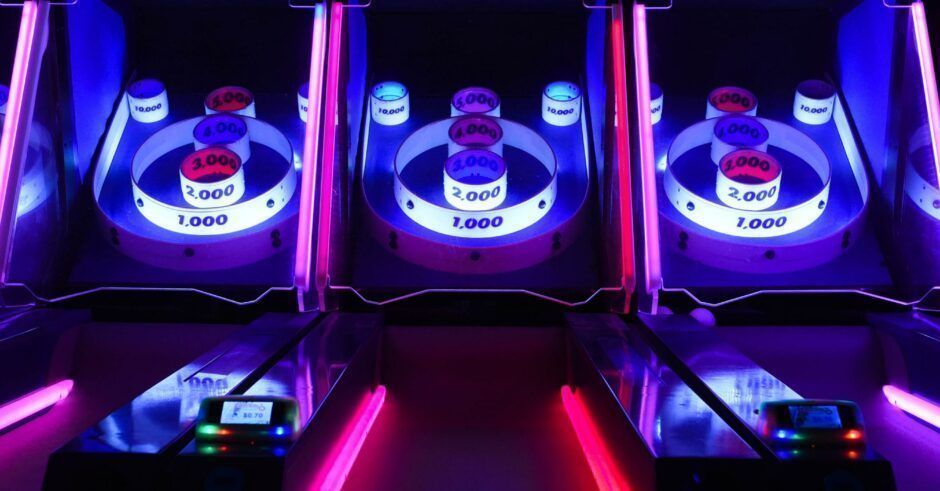Imagine a world that is all fun and no work, a world where instead of walking into work every morning, you walk into a game. Does it feel scary, exciting or like a script straight out of a movie? When the world first started experimenting with gamification at work, it was restricted to learning and some pieces of the hiring process. Organizations have begun expanding the concept of game design to areas such as recognition and performance management. However, I have yet to come across an organization bold enough to completely transform work into play.
For those looking to define the term, Gamification is the use of game mechanics and experience design to digitally engage and motivate people to achieve their goals. One can think of game mechanics and experience design as toolkits that make non-game-related tasks feel more enjoyable and rewarding by engaging employees on an emotional level. Familiar game mechanics are rewards in form of badges, ranks and points, and leaderboards to compare achievements between individuals and teams. Experience design is applied to make work itself and the digital working environment as engaging as possible. The combination of these toolkits make games (read work) engaging and fun.
Gamification at work opens numerable doors. It bridges the gap between personal goals and business goals. It provides continuous positive feedback that enables players (employees) to meet and exceed performance expectations. Gamification provides powerful short- and long-term recognition through tools that provide instant feedback as well as award badges and ranks that are visible to the whole community. It allows from participation from around the world (think virtual and gig workers). This magical tool helps businesses scale and drives the workforce to raise the bar on an ongoing basis. The list is endless.
This form of work design is not about incentivizing players to do their job even though it can be perceived as doing so. It is about continuous real-time tangible feedback, achieving high motivation levels, encouraging collaboration and pushing boundaries on business goals. The power of gamification rewards is that they combine intrinsic and extrinsic rewards – a feeling of status and achievement for having reached a goal and achieving mastery, which is shown to others through badges, ranks, titles for recognition. When designed well, high-ranking players with multiple badges will naturally be top performers on business metrics and hence receive material rewards (salary increases, promotions etc.) anyway.
The benefits of gamification are limitless but like with everything good, when applied incorrectly, it can have a negative impact. Given the propensity for people to find ways to beat the system, poor game design can lead to encouragement of behaviour that focuses on end goals and not the method of achieving them. It can negatively impact collaboration and stifle creativity. It may also lead to resentment towards those on top of the leaderboard. However, good game and experience design combats all of the above.
Gamification is more than just points, badges and leaderboards (the traditional PBL). Both good games and bad have all of the three elements. What differentiates them is the experience. It is exactly the same when it comes to work. The game mechanics used to keep players engaged in state-of-the-art online games can easily be transferred to a gamified workplace. Keep the framework simple. Create a mix of challenges within the game e.g. seasonal challenges, challenges that get unlocked after reaching specific ranks, team challenges and more. Turn the players into game design conceptualizers and have them play a key part in designing the new challenges – including badges for mastering them – and other game elements. This doesn’t mean that all employees need to learn game and experience design but that they give regular ideas on how the game can be improved. It is very similar to sharing process improvement ideas, the only change being that the process is now part of a game.
It might sound intimidating and impossible at this point in time but if you never try, you’ll never know. Forever ago, if someone had told me that learning could be fun, I’d probably have tossed a book at them. Then Mind Maze came along. If you’re as old as I am, you probably remember this game within Encarta. That was my first brush with gamification in the space of learning.
The question is not whether work will turn into a game. It will. The question is only of ‘when’ and if you will be the force behind the change.
This article is exclusive to The Business Transformation Network


